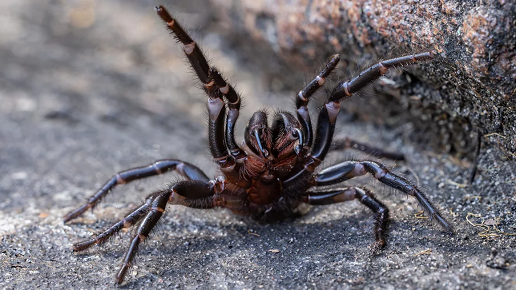Taiwan is facing its largest Covid-19 outbreak since the pandemic started last year (2020). The Covid-19 death rate in Taiwan has now reached over 100 death patients.
Among the dead cases, many died of a sudden death at home. These people were only diagnosed with Coivd-19 after they died.
Studies found that COVID-19 patients might encounter extremely low levels of oxygen, but no signs of difficulty breathing, known as “happy hypoxia” or silent hypoxemia.
More articles: I have infected COVID-19. What should I be aware of?
Doctors mention that if blood oxygen levels continue to fall, the organs may shut down, and the issue becomes life-threatening. Image courtesy of Hami book store.
According to MEDICAL NEWS TODAY, hypoxemia is defined as “a decrease in the partial pressure of oxygen in the blood.” As blood oxygen levels begin to reduce, a person may experience shortness of breath, also called dyspnea. If blood oxygen levels continue to fall, the organs may shut down, and the issue becomes life-threatening.
According to DNA, change of the color of lips from natural tone to blue, skin discoloration to red or purple tone, or profuse sweating even when not doing arduous physical work could be a symptom of happy hypoxia.
More articles: Social Distancing App helps with the coronavirus prevention
0605 - Copy 1.jpg)
DNA mentions even while portraying only minor symptoms of COVID-19, such as cough, sore throat, fever, headaches, without any perceivable breathing difficulty.
It is advised to continuously measure blood oxygen levels using a pulse oximeter.
For those without a pulse oximeter, there are also other methods for pulmonary conditions.
People should request medical assistance if there are experiencing these symptoms below:
- Breathing over 30 times per minute,
- Having difficulty breathing, and feeling exhausted after a six-minute walk

0605 - Copy 1.jpg)





